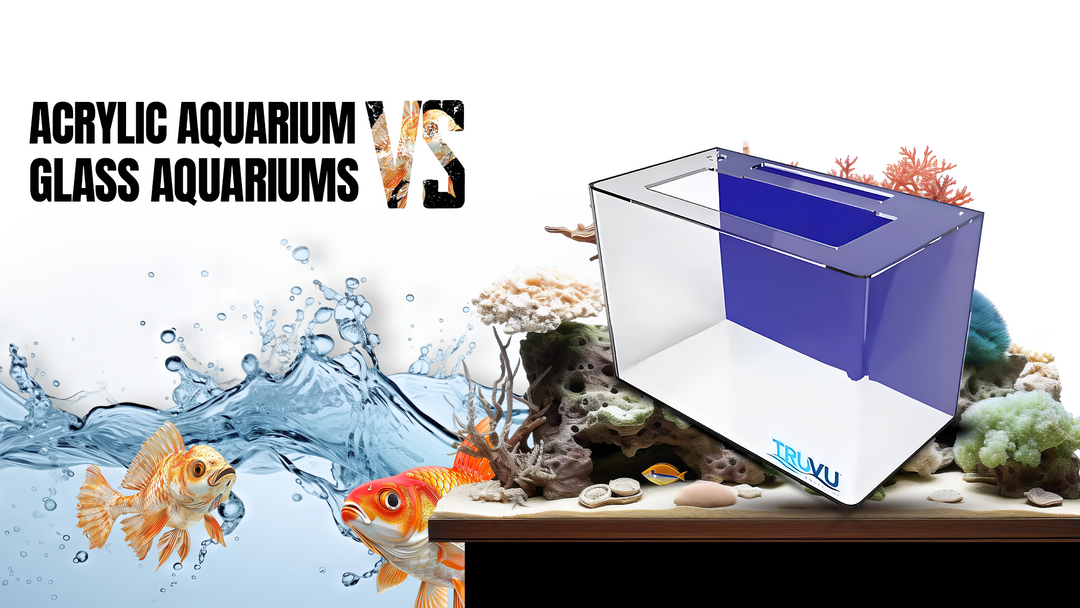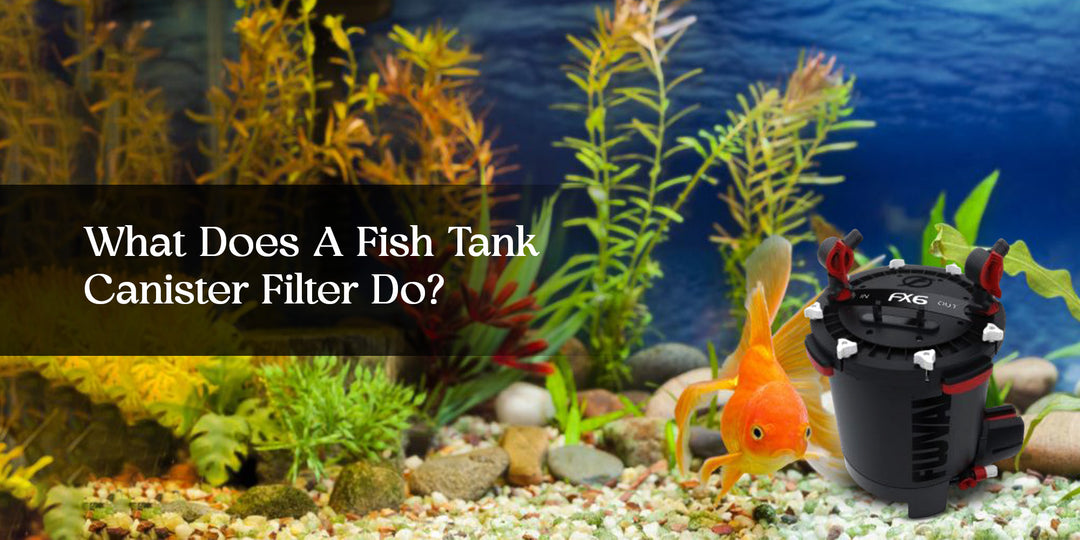Acrylic Aquarium vs. Glass Aquariums: A Comprehensive Comparison
For ages, aquariums have been a beautiful and peaceful decoration of one's homes and public spaces, enchanting us with the color and serenity of aquatic life. With respect to selecting the perfect aquarium, one of the most difficult things is to make the choice between an acrylic aquarium or a glass aquarium. While both these materials have their own merits and demerits, one needs to be careful in judging what is best for the given context.
In this elaborative comparative description, we're going to review the peculiarities of both acrylic and glass aquariums on the basis of different aspects to guide you in your choice.

Strength and Durability
Acrylic Aquariums: Acrylic is much stronger than glass; therefore, acrylic aquariums, besides having lower rates of cracking and breaking, can be safely used on the basis of their impact-resistance level. Apart from its comfort and luxurious aesthetic, the durability of this material makes it an ideal option for homes with children or pets.
Many public aquatic displays require the aquarium to be built with acrylic for its advanced safety abilities.
Glass Aquariums: Glass aquariums are known for their sturdy construction and basic resistance to impacts. While less elastic than acrylic, glass may still maintain reliable strength and durability.
Product Feature: Visit our Acrylic 10 Gallon Fish Tank to know its benefits and durability!
Weight and Handling
Acrylic Aquariums: Acrylic is lighter than glass which makes transportation and installation easier. An acrylic aquarium is much easier to get up or down stairs if that is where the final placement will be. One to two people can carry an acrylic aquarium whereas a glass aquarium of the same size may require four or more people to move.
Glass Aquariums: Glass aquariums tend to be heavier than acrylic, requiring more effort to transport and install. You may need to enlist the help of a few friends to get your glass aquarium in place.
Design Flexibility
Acrylic Aquariums: Acrylic can be easily formed into different shapes and sizes, paving the way to a creativity boost in designing acrylic fish tanks and a new frontier in customized aquariums. Whether you want unusual shapes or amazing design curves acrylic can create the best versatility among many other materials.
Glass Aquariums: Glass aquarium comes with sturdy yet delicate material which might give a glass finish look, but always lacks design flexibility. Although customizations can be done through holes and drilling, they may not be safe in the long run.
Related Reads: How Does A Canister Filter On A Fish Tank Work?
Clarity and Visibility
Acrylic Aquariums: Acrylic aquariums have superior clarity compared to glass aquariums. This superior transparency allows you to see the true color of the fish, corals and all inhabitants of your aquarium.
Glass Aquariums: Glass is known for its less than optical clarity compared to acrylic. While not as clear as acrylic, glass provides adequate visibility when properly maintained.
Product Visit: Learn more about 20 Gallon Acrylic Aquarium, perfect for fish buddies!
Cost Considerations
Acrylic Aquariums: Acrylic aquariums are more costly than their glass counterparts on the initial purchase, but acrylic aquariums benefit from lower maintenance costs over time. Although the initial investment is factually true, acrylic aquariums generally have a much longer lifespan than glass aquariums. Acrylic aquarium seams are molecularly bonded and will last for many years.
Glass Aquariums: Glass aquariums are initially more budget-friendly than acrylic This makes them a popular choice for hobbyists looking to minimize upfront expenses. Despite their lower cost, glass tanks still offer reliable performance and aesthetics for a period of time. As they age the silicon that bonds the glass panels together will become brittle and eventually develop a leak or failure.
Maintenance Requirements

Acrylic Aquariums: Acrylic aquariums require acrylic safe cleaners and algae pads. Acrylic is a softer material than glass.. This lends itself to the easy removal of minor scratches and scuffs. With proper care acrylic aquariums will remain in great condition over the years.
Glass Aquariums: When it comes to glass aquariums, you may use some household cleaners for the exterior. Rougher algae pads or even razor blades may be used for interior cleaning. While glass aquariums are known not to scratch as easily as acrylic, they do get scratched. Unfortunately, it is nearly impossible to remove a scratch from a glass aquarium.
Product Visit: Explore the 40 Gallon Acrylic Tank : Mesmerizing Aquarium for your home!
Conclusion
In deciding between purchasing a glass or acrylic aquarium, you now have some information to help you select the material that best suits your needs. If a lower initial cost is a major consideration a glass aquarium may be the choice for you. If longer life span, impact resistance and better optical clarity are important to you, you may select an acrylic aquarium.
However, both acrylic and glass aquariums offer distinct advantages and disadvantages. Either one is a personal preference choice based on the importance of these advantages or disadvantages of each material.
If your taste and requirements fit best for an acrylic aquarium, TRUVU Aquariums can help you with a plethora of acrylic aquariums, best suited for your fish buddies.




